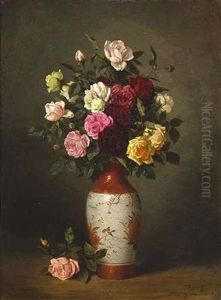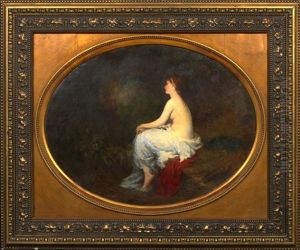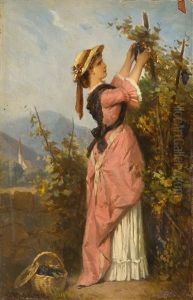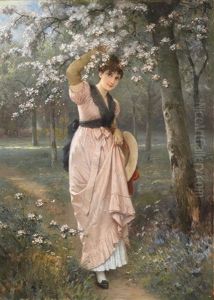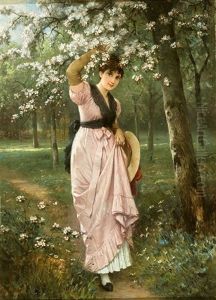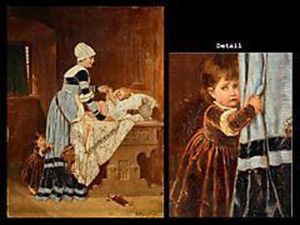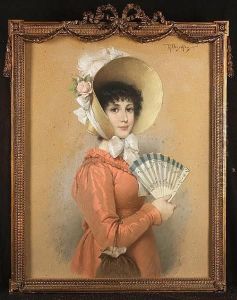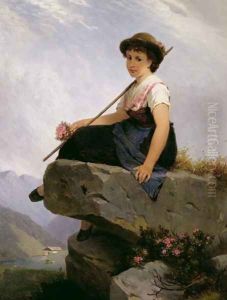Robert Julius Beyschlag Paintings
Robert Julius Beyschlag was a notable German painter, born on November 3, 1838, in Nuremberg, Bavaria. He emerged as a prominent figure in the 19th-century European art scene, particularly known for his genre paintings and portraits that beautifully capture the romantic and idyllic aspects of life. Beyschlag received his early education in art at the Nuremberg School of Art, where he honed his skills and developed a keen interest in painting that would guide his entire career.
After completing his studies in Nuremberg, Beyschlag furthered his education by attending the Academy of Fine Arts Munich, one of the most prestigious art schools in Germany at the time. It was here that he was exposed to the works of other great artists and began to refine his style, integrating the influences of the Munich School with his own unique perspective and approach to art.
Throughout his career, Beyschlag became well-known for his ability to depict emotion and beauty through his detailed and delicate paintings. His works often featured women and children, set against the backdrop of nature or domestic settings, which resonated with a wide audience. He also created religious and historical paintings, but it was his genre scenes that earned him the most acclaim.
Beyschlag's art was characterized by its precise detail, vibrant colors, and the use of light to create depth and atmosphere. He had a particular talent for capturing the texture of fabrics and the subtleties of facial expressions, which brought his figures to life. His paintings are a testament to the romantic ideals of the time, celebrating beauty, emotion, and the simplicity of everyday moments.
Aside from his painting, Beyschlag also contributed to the art world as a teacher, sharing his knowledge and skills with the next generation of artists. He was a respected member of the Munich art community, where he spent the majority of his career.
Robert Julius Beyschlag passed away on December 16, 1903, in Munich. Today, his works are held in high regard and continue to be admired for their beauty and technical skill. They can be found in museums and private collections around the world, serving as a lasting legacy of his contribution to the art of the 19th century.





